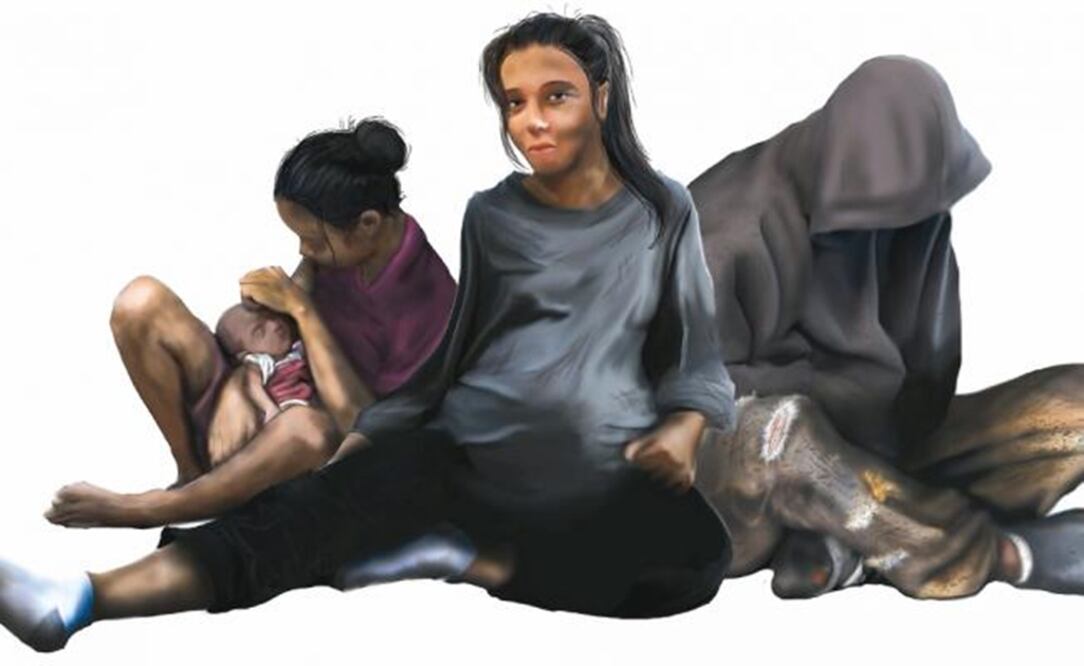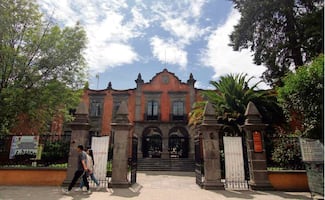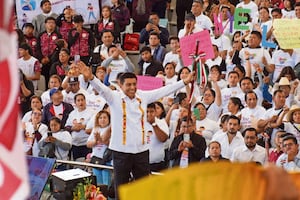Más Información

Harfuch informa avances del caso "El Limones"; UIF congela cuentas y descarta vínculos con Pedro Haces o sindicatos

Jueza cancela audiencia del caso María Amparo Casar; FGR deberá continuar acusación ante juez del Reclusorio Norte

María Amparo Casar y la presunta pensión ilícita de Pemex por la que la FGR la investiga; esto es lo que se sabe del caso
You can find them in the sidewalks, a garden, or a park. The latest census carried out by Mexico City authorities registered 4,354 people living on the streets . Many have chosen this life, others claim they don't have a choice. Homeless people are by no means an exclusive problem in Mexico City as you can find them virtually everywhere in the country.
The problem arises when it's not only women or men – teenagers or the elderly – who live on the streets but families with children.
This problem thus reaches several generations.
EL UNIVERSAL presents today the story of a couple with two daughters who make of a bench in downtown Mexico City their “home” for a day before moving on to another area of the city. The children go to a children's home where they get food and receive a basic education.
What has to happen in someone's life to have no other choice but to live on the streets? And what were the options society gave them to prevent it?
Child protection groups are blunt: a child who grows up in the streets is a symbol of the failure of the State .
To allow this situation is to condemn hundreds or thousands of minors in the country to keep reproducing the same conditions of poverty.
National and international organizations are fighting to find a solution to one of the main causes of inequality : the lack of equal opportunities so all children can start their lives under the same conditions.
Access to health services, food, a home, and education is decisive in achieving better-developed societies. An unequal start in life inevitably marks a person's future.
All societies have minorities , based on their preferences, likes, skills, and others, yet it seems that some groups, in addition to belonging to a minority, are also invisible to society.
Sometimes it's them who hide and others it's society who averts its gaze to pretend they aren't there. It's time to take a look at them. Exclusion cannot be an option.
am
Noticias según tus intereses
[Publicidad]
[Publicidad]












